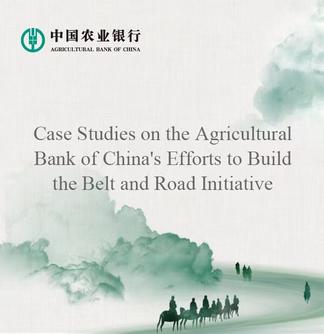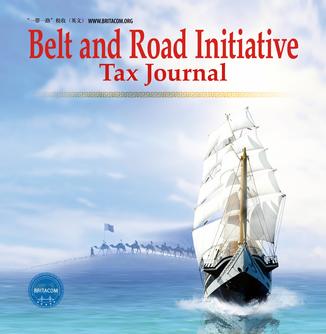
BEIJING, April 1 (Xinhua) -- An exhibition featuring over 80 pieces of China's renowned Dehua white porcelain opened at the Museum of Kyoto in Japan from March 27 to 30.
The artworks, crafted in Dehua County, Quanzhou City in southeast China's Fujian Province, were divided into categories such as classical cultural recreations, artisanal porcelain, everyday porcelain, and export porcelain. These works that blend practicality with artistic beauty drew enthusiastic responses from Japanese audiences, noted Xu Jianyong, executive vice president of Fujian Ceramics Industry Association.
Dehua porcelain has gained worldwide fame as "Blanc de Chine" (White from China) for its milky-white hue and jade-like finish. Different from this simple elegance, Japanese ceramics emphasize rich colors and decorations. The two cultural styles can have an extraordinary encounter with each other through such exhibitions, said Wang Jiaming, who is in charge of the art department of Seki Shikyo Art Lab, the exhibition curator.
The event facilitated cultural exchanges between Fujian's master artisans and Japanese ceramic enthusiasts.
Zhang Minggui, executive secretary general of Dehua ceramic art masters alliance, said both China and Japan boast long history of porcelain production. This exhibition transcended art display and became a cultural dialogue allowing Japanese audiences to experience the charming traditional Chinese culture.
During the Sui and Tang dynasties (581-907), a large number of Chinese ceramics were exported to Japan, exerting significant influence on Japanese ceramics. During the Song and Yuan dynasties (960-1368) when Quanzhou's overseas trade boomed, Dehua porcelain wares became cornerstone exports on the Maritime Silk Road.
Dehua saw its annual ceramic output value grow 15 percent year on year to reach 66.3 billion yuan (about 9.1 billion U.S. dollars) in 2024, with over 60 percent of its products shipped to more than 190 countries and regions.
The county has taken moves to expand overseas markets in recent years, including establishing seven white porcelain promotion and exhibition centers in places like Singapore, Kuala Lumpur, and Malacca, and organizing international showcases in Malaysia, Germany, and the United States among others.
(Edited by Su Dan with Xinhua Silk Road, sudan@xinhua.org)




 A single purchase
A single purchase









